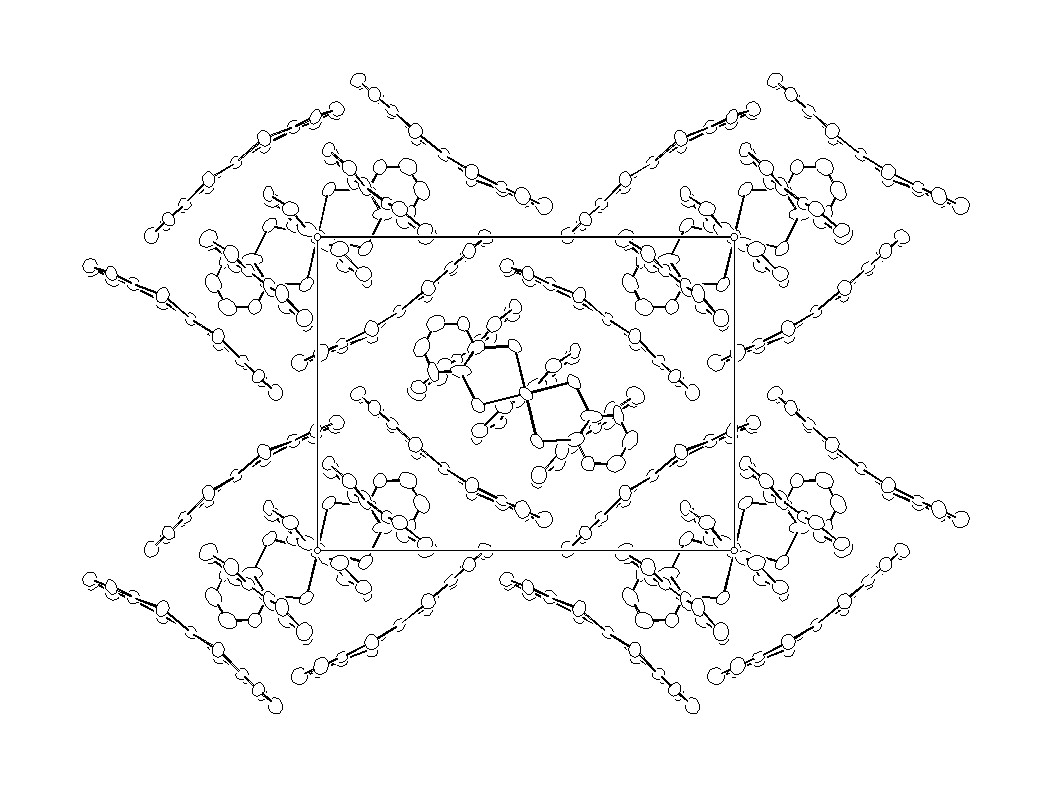
STRUTURE AND PROPERTIES OF THE NEW COMPOUND BASED ON TETRATHIAFULVALENE: [ttf]3[Au(pds)2]3
I.C.Santos,1 J.Morgado,1,2 R.T.Henriques,1,2 L.F. Veiros,2 M.T.Duarte,2 L.Alcácer2 and M.Almeida1
1 Dep. Química, Instituto
Tecnológico e Nuclear, P-2686 Sacavém Codex, Portugal
2 Dep. Eng. Química,
Instituto Superior Técnico, Av. Rovisco Pais, P-1096 Lisboa
Codex, Portugal
Square planar transition metal complexes are appealing candidates for building blocks for conducting molecular based materials. In principle such square complexes can be used as simple counter-anions in charge transfer salts with other well known planar species such as TTF, TMTSF or ET.
Searching for new planar ligands bearing atoms with high electron affinity and, therefore able to stabilize high oxidation satate on the central transition metal ion, the pyrazine-2,3-diselenolate, pds, ligand [1] was used to synthesize the gold (III) complex [Au(pds)2]-.
In this work we present the X-ray molecular and crystal of the new radical-cation salt of tetrathiafulvalene, ttf, and bis(pyrazine-2,3-diselenolate)aurate(III), [Au(pds)2]-, in a 1:1 stoichiometry - [ttf]3[Au(pds)2]3, prepared by electrocrystallisation [2]. Studies on the electrical transport, epr, magnetic susceptibility and theoretical calculations, based on the tight-binding approach of the extended Hückel method are under way. The crystal is monoclinic, space group P21/n, with cell dimension a = 9.775(2) A, b=20.404(2) A, c = 15.424(2) A, b= 95.25(2)°, Z = 4 V=3063.4(8) A3.
The crystal struture consists of tetramerized ttf units isolated by [Au(pds)2]- anions, in the bc plan.